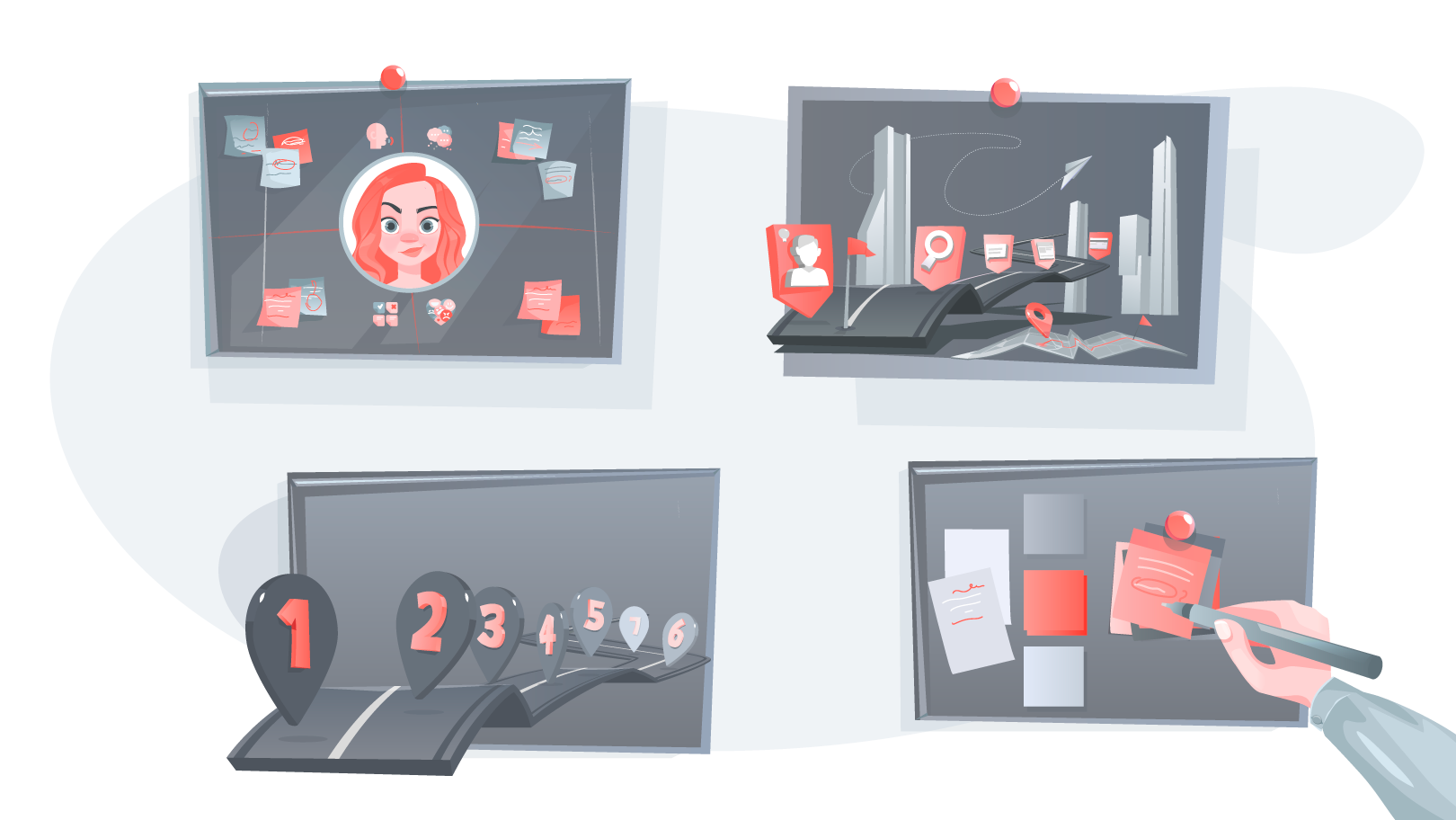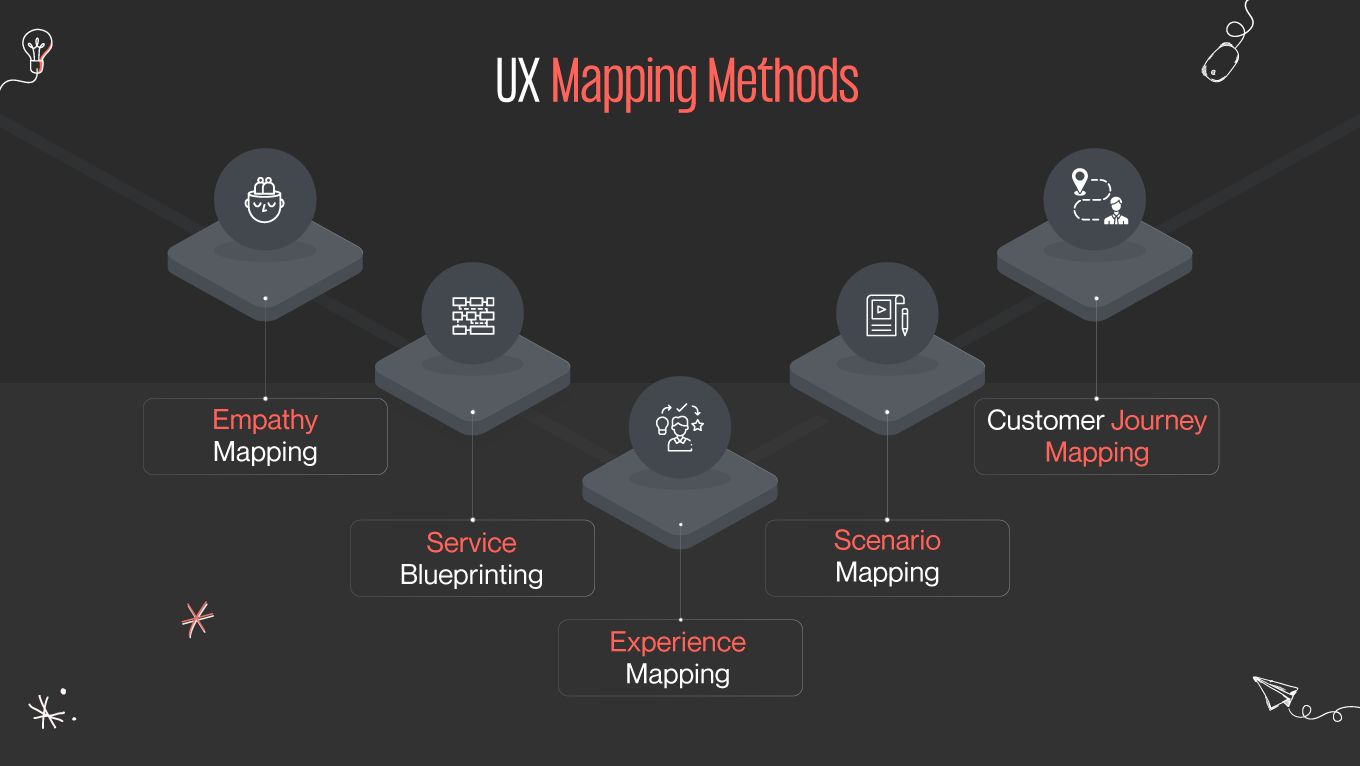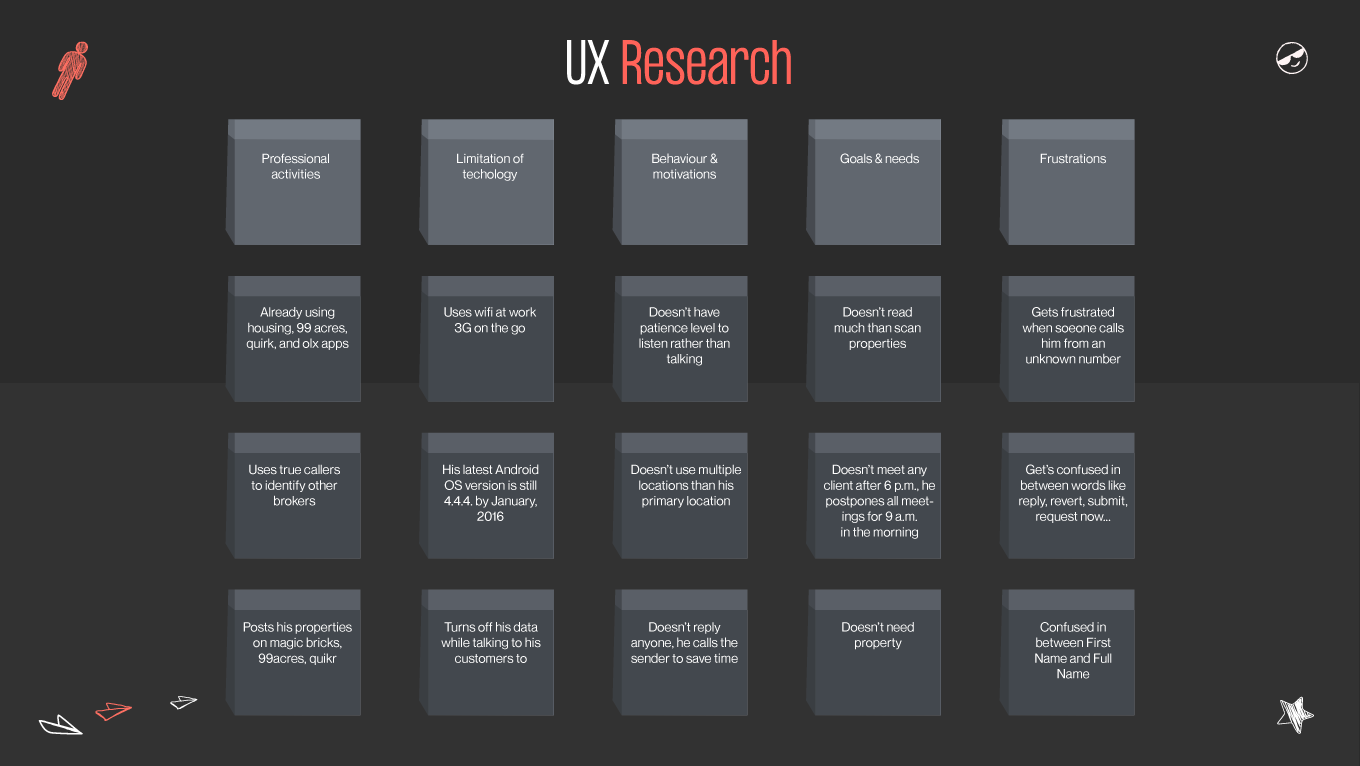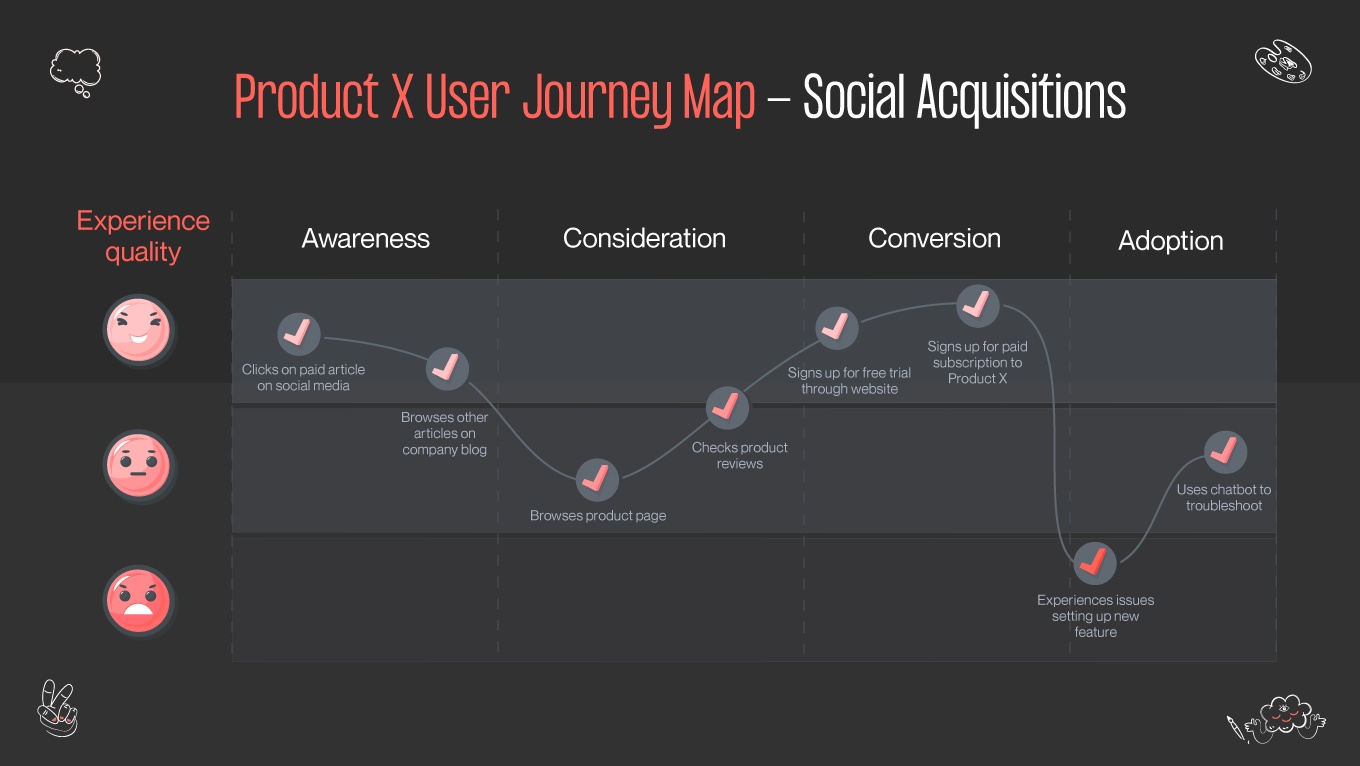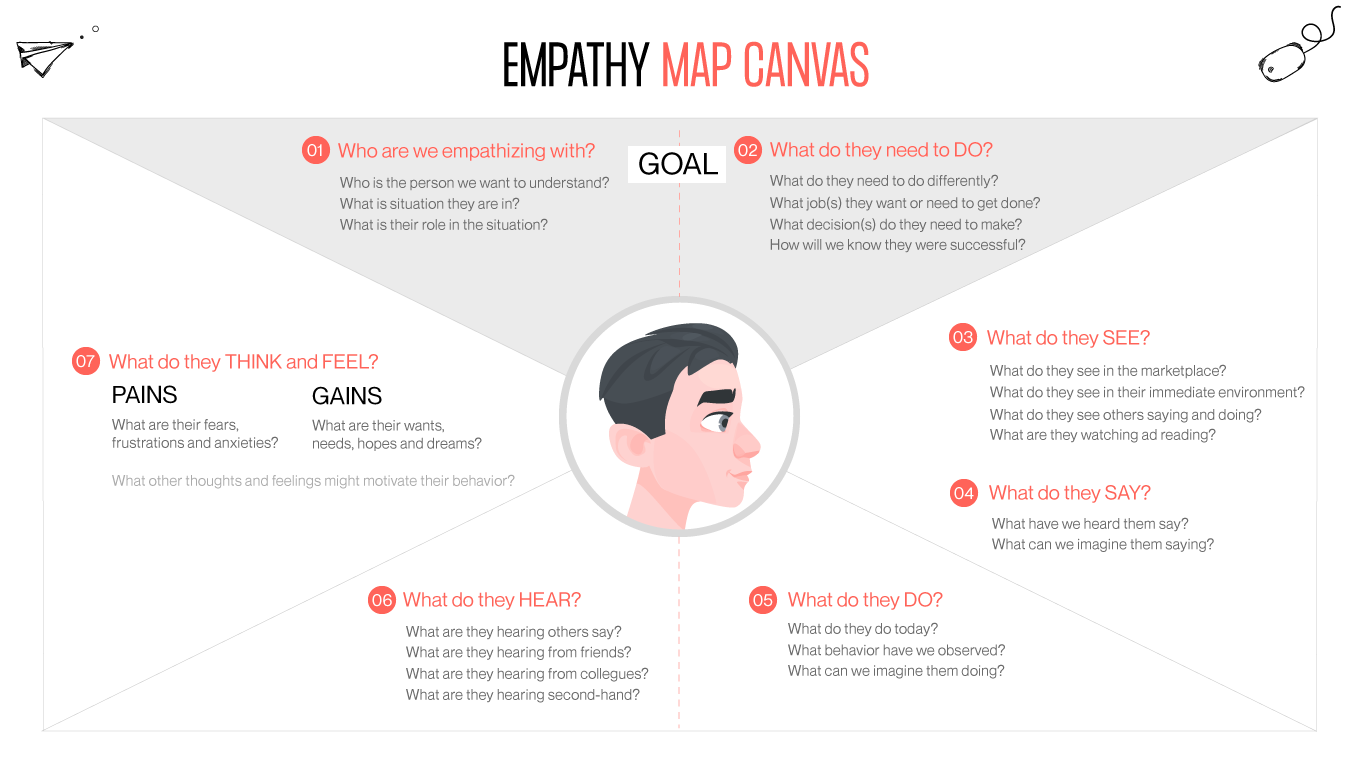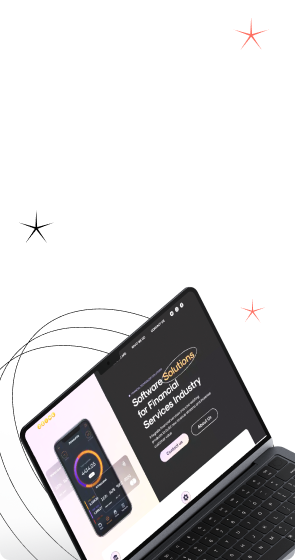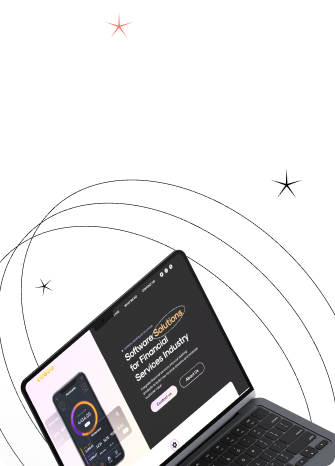Envision transforming intricate ideas into straightforward solutions, enhancing user experiences, and translating ideas into definitive outcomes. This is achievable through the art of visual communication — UX mapping techniques.
At Gapsy Studio, our journey in refining user experiences across various platforms has been extensive. This expertise has led to the development of triumphant projects, including Bold, Sage Express, and more.
We have previously conducted an in-depth analysis of methods like storyboarding, customer journey, and empathy mapping. In this piece, we're excited to unveil additional strategies to amplify the UX in your projects.

